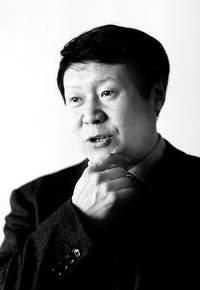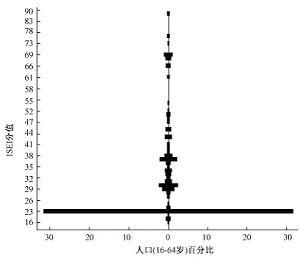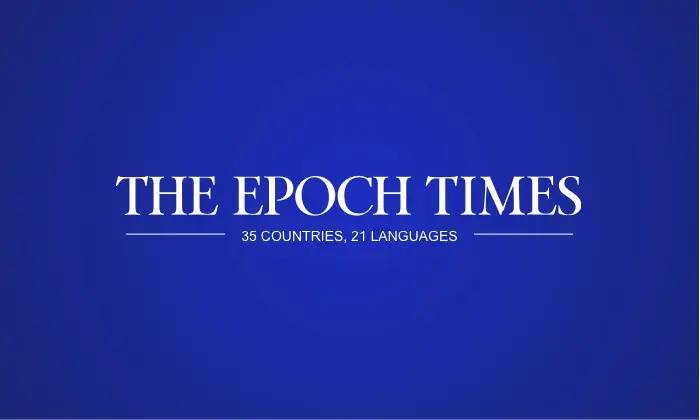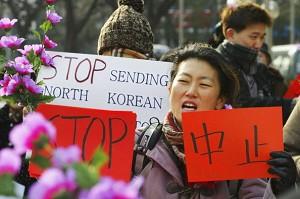An article, entitled “T-shaped Social Structure and The Structure Tension” by Professor Li Qiang, was published in 2005’s Issue 2 of the Sociological Research Journal in China . Li Qiang is professor of the Department of Sociology and the dean of the School of Humanities and Social Sciences at Tsinghua University. He analyzed the data of China’s Fifth National Population Census conducted in 2000 and concluded that the structure of the Chinese society is more like an upside down T-shape, with 64.7 percent of the population in the lowest level and at least 84.1 percent of the employed belonging to the lower class of the Chinese society. The remaining groups are distributed in a pole-shaped structure with no transition in between. Therefore, the majority of the Chinese population is considered poor or in a low class and the middle and upper classes account for only a very small portion of the population.
Professor Li selected 0.095% of the census data using a systemic sampling method, chose those ranging from 16 to 64 years old, and got a total sample of 641,547 people for the analysis. A small portion of data was missing after the sample was grouped into city residents and countryside residents. Li’s study indicated that at least 84.1 percent of the employed fell into the lower class.




